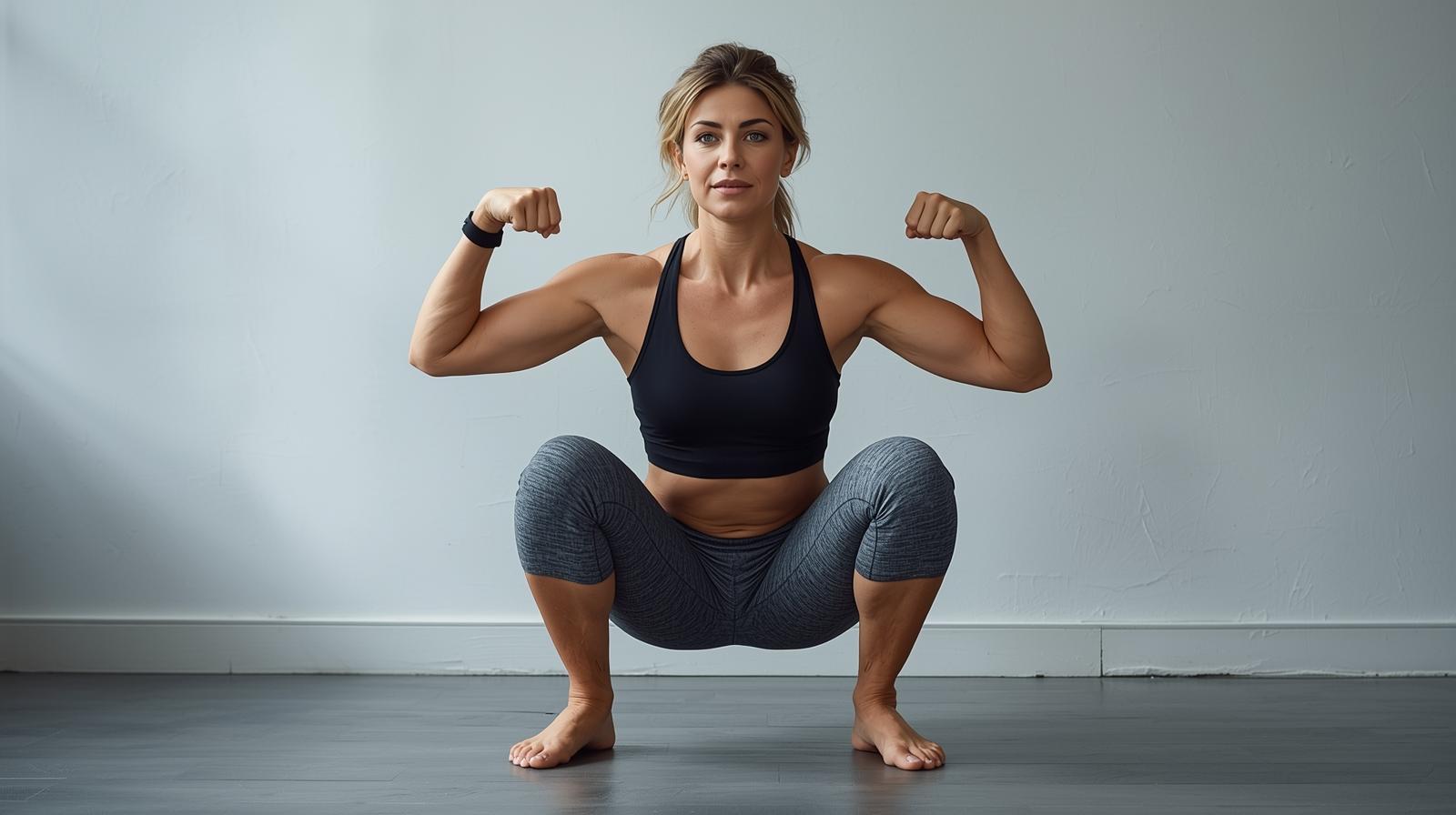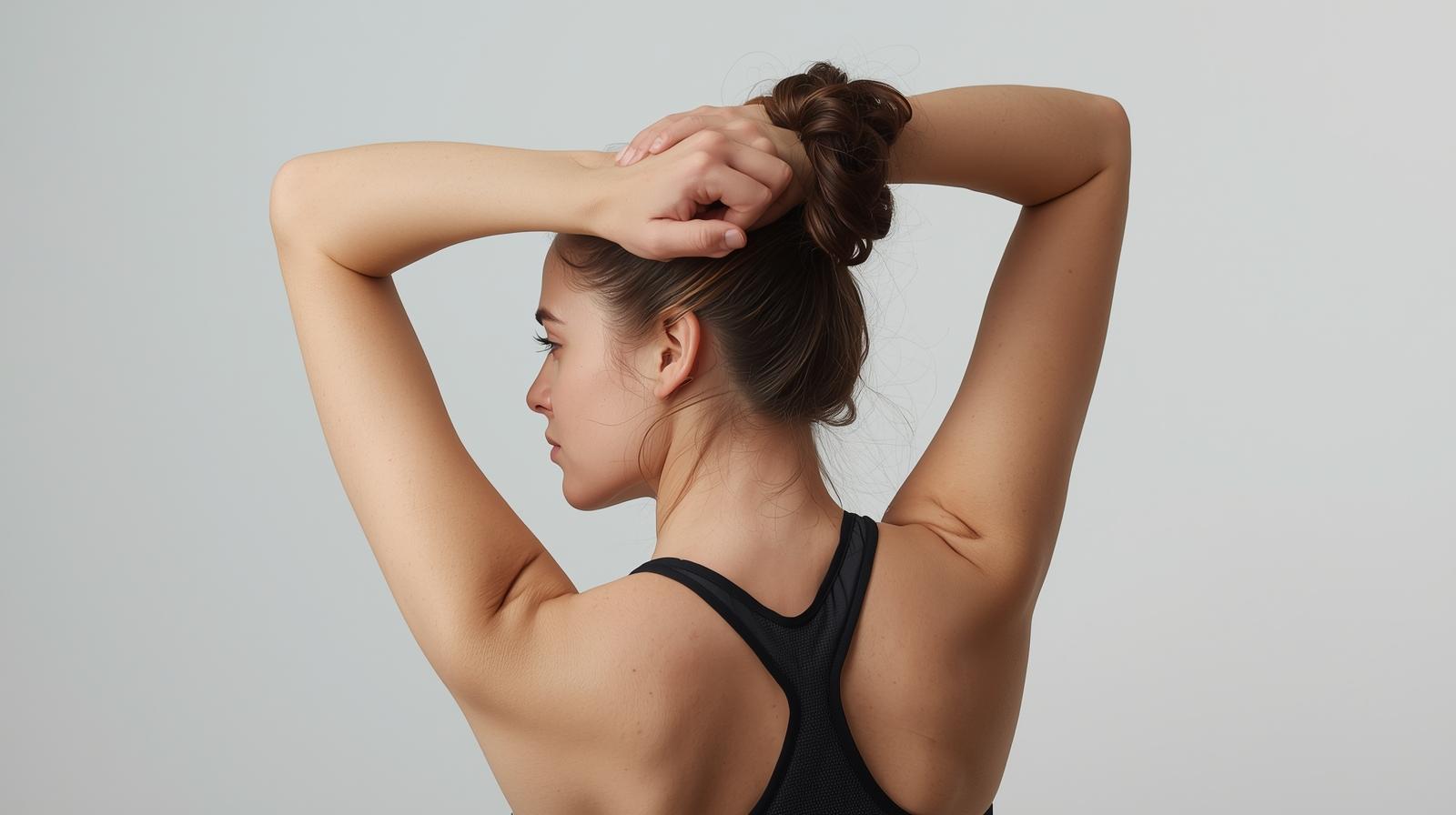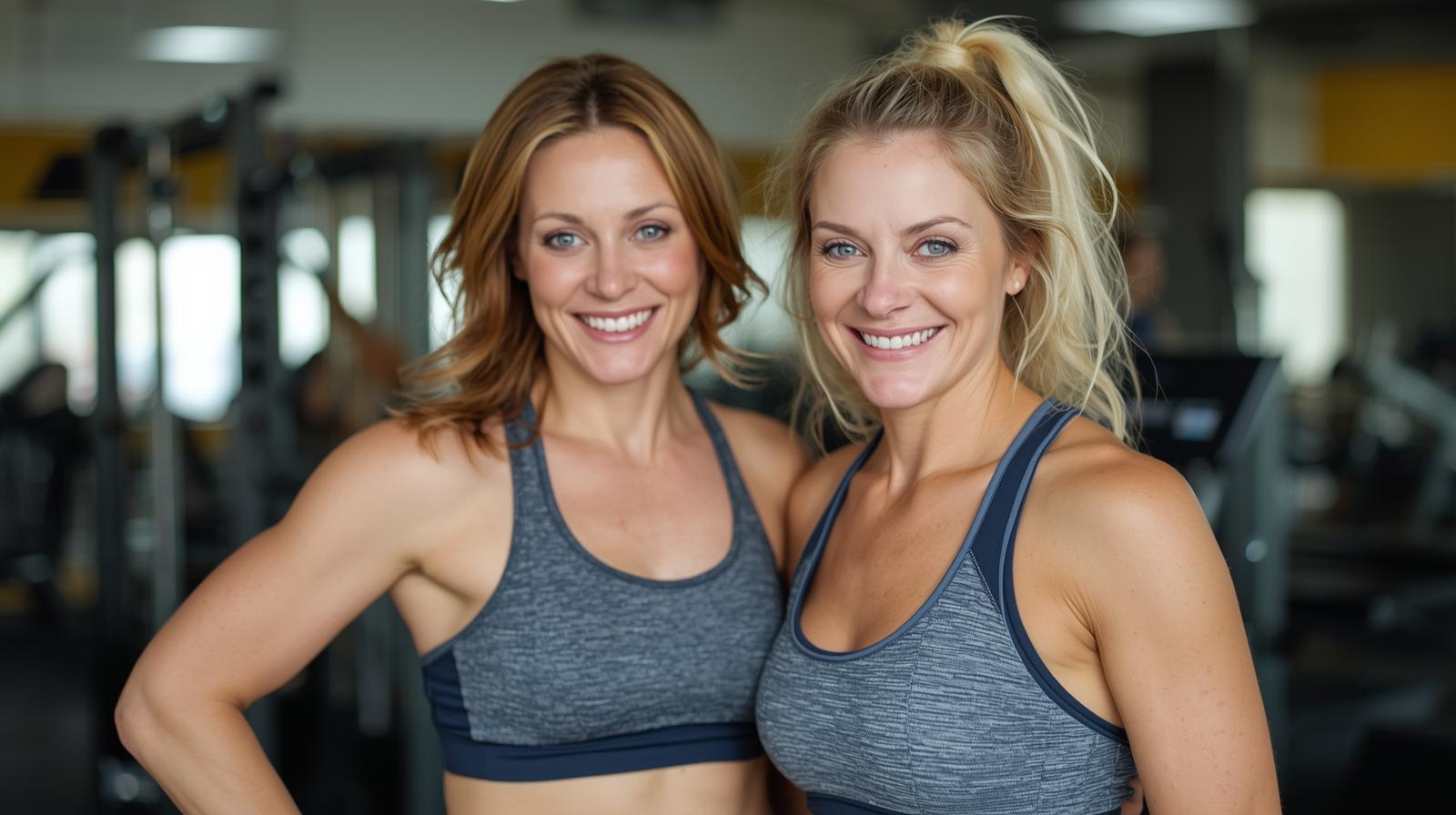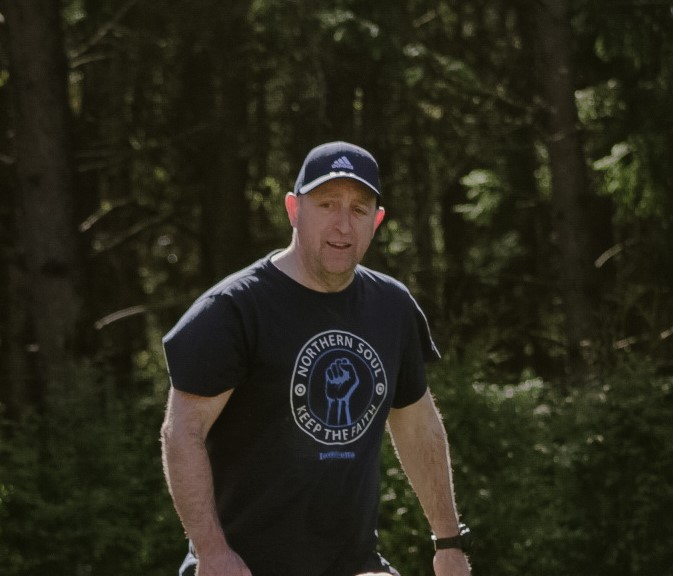Create a Home Workout Routine
Introduction
Staying active is crucial for maintaining health and vitality, especially as we age. A well-designed home workout routine can offer numerous benefits, including improved cardiovascular health, increased muscle strength, better balance, and enhanced mental well-being. This guide provides a comprehensive approach to creating a safe and effective home workout routine tailored for individuals over 50.
Why Home Workouts?
- Convenience: Workout anytime, anywhere, without the need for a gym membership.
- Comfort: Exercise in a familiar and comfortable environment.
- Cost-Effective: Save money on gym fees and equipment.
- Customization: Tailor your routine to your specific needs and preferences.
Before starting any new exercise program, it's essential to consult with your healthcare provider, especially if you have any underlying health conditions or concerns.
1. Assessing Your Current Fitness Level
Before diving into a workout routine, it's important to understand your current fitness level. This assessment will help you set realistic goals and avoid overexertion.
Basic Assessments:
- Cardiovascular Fitness: Measure your heart rate after a brisk walk. Note how quickly your heart rate returns to normal.
- Strength: Test your ability to perform basic exercises like squats, push-ups (against a wall or on your knees), and bicep curls (using light weights or household items).
- Flexibility: Evaluate your range of motion by performing simple stretches like reaching for your toes or twisting your torso.
- Balance: Stand on one leg for as long as possible, noting any instability.
Important Considerations:
- Listen to your body and stop if you experience any pain or discomfort.
- Record your results to track your progress over time.
- Be honest with yourself about your limitations and strengths.
2. Setting Realistic Goals
Setting achievable goals is crucial for staying motivated and consistent with your workout routine. Consider the SMART goal framework:
- Specific: Clearly define what you want to achieve (e.g., increase strength, improve flexibility).
- Measurable: Set quantifiable targets (e.g., lift 5 kg weights, touch your toes).
- Achievable: Ensure your goals are realistic based on your current fitness level.
- Relevant: Choose goals that align with your overall health and wellness objectives.
- Time-Bound: Set a specific timeframe for achieving your goals (e.g., within 3 months).
Example Goals:
- Walk for 30 minutes, three times a week.
- Increase the number of squats you can perform from 5 to 15.
- Improve your flexibility enough to touch your toes while seated.
3. Designing Your Home Workout Routine
A well-rounded workout routine should include the following components:
- Warm-up (5-10 minutes): Prepare your body for exercise with light cardio and dynamic stretches (e.g., arm circles, leg swings).
- Cardiovascular Exercise (20-30 minutes): Elevate your heart rate with activities like brisk walking, jogging in place, dancing, or cycling on a stationary bike.
- Strength Training (20-30 minutes): Build and maintain muscle mass with exercises that use your body weight or light weights (e.g., squats, lunges, push-ups, bicep curls).
- Flexibility and Balance (10-15 minutes): Improve your range of motion and stability with static stretches (holding stretches for 30 seconds) and balance exercises (e.g., standing on one leg, practicing Tai Chi).
- Cool-down (5-10 minutes): Gradually lower your heart rate and relax your muscles with gentle stretches.

4. Recommended Exercises for Over 50s
Cardio:
- Brisk Walking
- Dancing
- Cycling (Stationary)
- Swimming
- Water Aerobics
Brisk Walking: A low-impact exercise that's easy on the joints. Aim for a pace that elevates your heart rate and breathing.
Dancing: A fun and engaging way to improve cardiovascular health, coordination, and mood. Try different styles like Zumba or ballroom dancing.
Cycling (Stationary): A great option for those with joint issues. Adjust the resistance to control the intensity.
Swimming: Another low-impact exercise that works all major muscle groups.
Water Aerobics: Combines cardio and strength training in a supportive aquatic environment.
Strength Training:
- Squats
- Lunges
- Push-ups
- Bicep Curls
- Tricep Dips
- Plank
Squats: Strengthen your legs and glutes. Start with chair squats if needed.
Lunges: Improve balance and leg strength. Focus on proper form to avoid knee strain.
Push-ups: Strengthen your chest, shoulders, and triceps. Modify by performing them against a wall or on your knees.
Bicep Curls: Use light weights or resistance bands to work your biceps.
Tricep Dips: Use a chair or bench to support your weight. Lower your body until your elbows are at a 90-degree angle.
Plank: Engage your core muscles to improve stability and posture. Hold for 20-30 seconds.
Flexibility & Balance:
- Hamstring Stretch
- Calf Stretch
- Shoulder Stretch
- Standing on one leg
- Heel-to-toe walk
- Tai Chi
Hamstring Stretch: Sit on the floor with your legs extended and reach for your toes.
Calf Stretch: Lean against a wall with one leg extended behind you and your heel on the ground.
Shoulder Stretch: Reach one arm across your body and gently pull it closer with your other arm.
Standing on one leg: Improves balance and stability.
Heel-to-toe walk: Improves balance and coordination.
Tai Chi: A gentle form of exercise that improves balance, flexibility, and strength.

5. Sample Weekly Workout Schedule
Here's a sample weekly workout schedule to help you get started. Remember to adjust it based on your individual needs and preferences.
Monday: Cardio (30 minutes brisk walking)
Tuesday: Strength Training (30 minutes)
Wednesday: Rest or Active Recovery (gentle stretching)
Thursday: Cardio (20 minutes dancing)
Friday: Strength Training (30 minutes)
Saturday: Flexibility and Balance (20 minutes)
Sunday: Rest
Important Considerations:
- Listen to your body and take rest days when needed.
- Stay hydrated by drinking plenty of water throughout the day.
- Warm-up before each workout and cool-down afterward.
6. Tips for Staying Motivated
Maintaining motivation can be challenging, but these tips can help you stay on track:
- Find a Workout Buddy: Exercising with a friend or family member can provide support and accountability.
- Make it Enjoyable: Choose activities that you find fun and engaging.
- Track Your Progress: Monitor your improvements to stay motivated and see how far you've come.
- Reward Yourself: Celebrate your accomplishments with non-food rewards (e.g., a new book, a relaxing bath).
- Be Patient: Results take time and consistency. Don't get discouraged if you don't see progress immediately.
- Vary Your Routine: Prevent boredom by trying new exercises or activities.
- Set Realistic Expectations: Don't try to do too much too soon. Start slowly and gradually increase the intensity and duration of your workouts.

7. Safety Precautions
Safety should always be a top priority. Keep these precautions in mind:
- Consult Your Doctor: Get medical clearance before starting any new exercise program.
- Use Proper Form: Learn the correct technique for each exercise to prevent injuries.
- Wear Appropriate Footwear: Choose shoes that provide good support and cushioning.
- Exercise in a Safe Environment: Ensure your workout area is free of obstacles and hazards.
- Stay Hydrated: Drink plenty of water before, during, and after exercise.
- Listen to Your Body: Stop if you experience any pain, dizziness, or shortness of breath.
- Don't Overdo It: Start slowly and gradually increase the intensity and duration of your workouts.
8. Adapting to Physical Limitations
If you have physical limitations, it's important to adapt your workout routine accordingly:
- Modify Exercises: Adjust exercises to accommodate your limitations (e.g., perform push-ups against a wall instead of on the floor).
- Use Assistive Devices: Use walking aids, braces, or other devices as needed.
- Focus on Low-Impact Activities: Choose activities that are gentle on your joints, such as swimming or water aerobics.
- Work with a Physical Therapist: A physical therapist can help you design a safe and effective workout routine that meets your specific needs.
- Listen to Your Body: Pay attention to any pain or discomfort and stop if you need to.
Conclusion
Creating a home workout routine is a fantastic way for individuals over 50 to stay active, maintain their health, and improve their overall well-being. By following these guidelines, setting realistic goals, and listening to your body, you can design a safe and effective workout program that meets your specific needs and helps you achieve your fitness goals. Remember to consult with your healthcare provider before starting any new exercise program, and be patient with yourself as you progress on your fitness journey. Stay consistent, stay motivated, and enjoy the many benefits of a healthy and active lifestyle!

